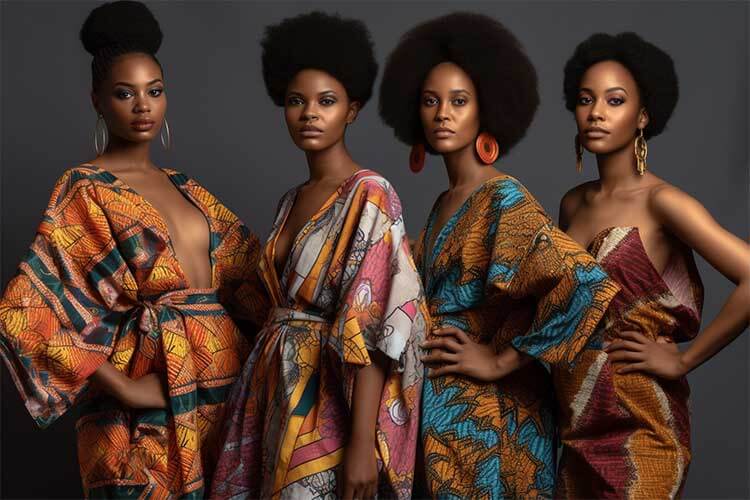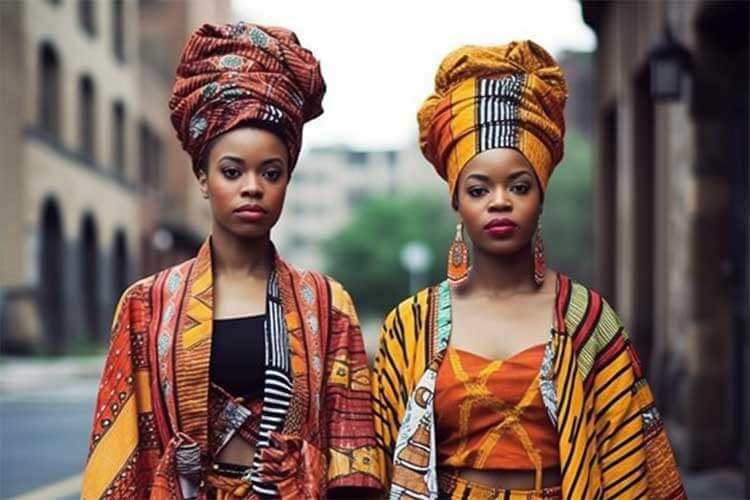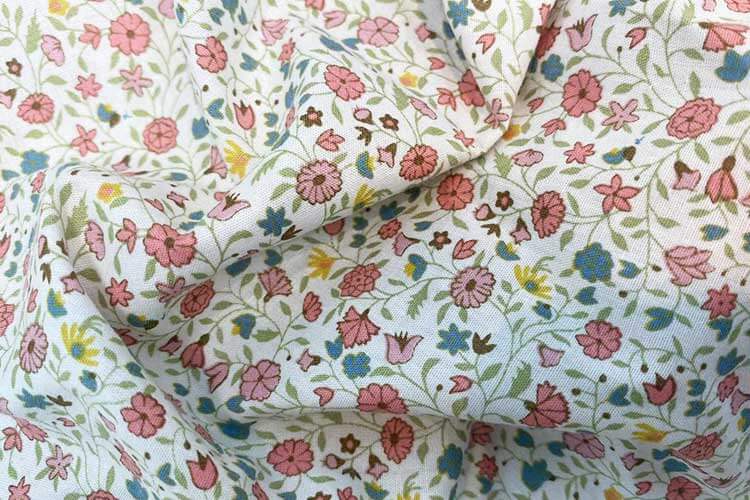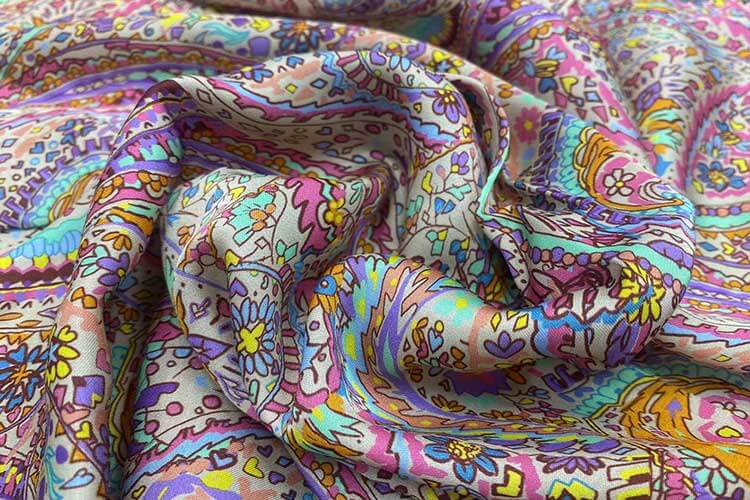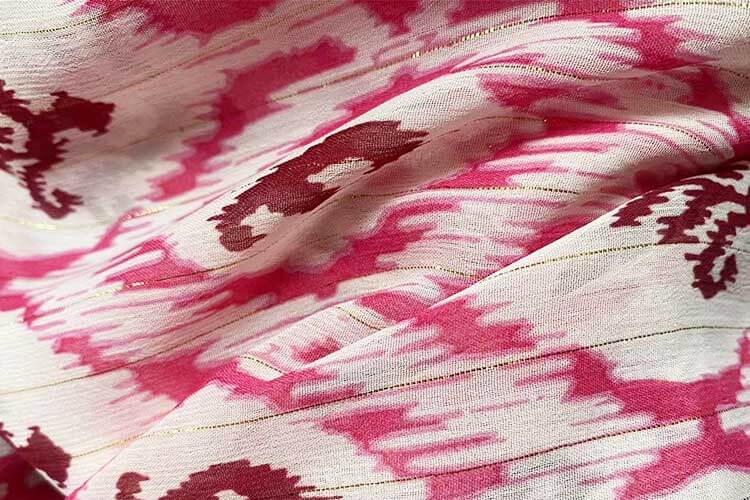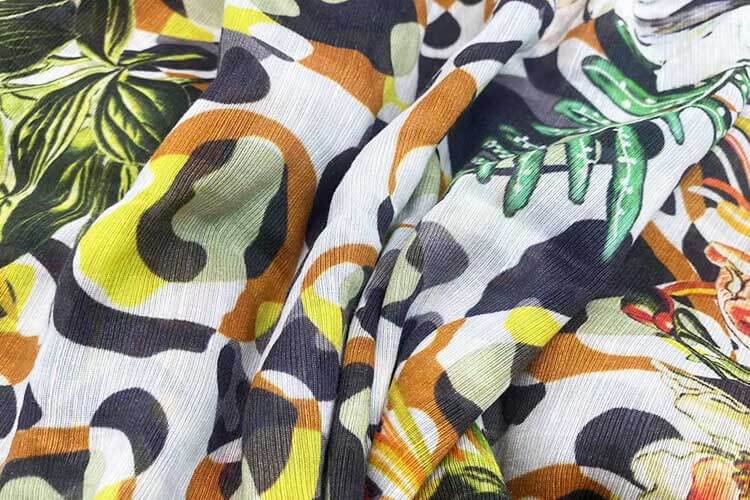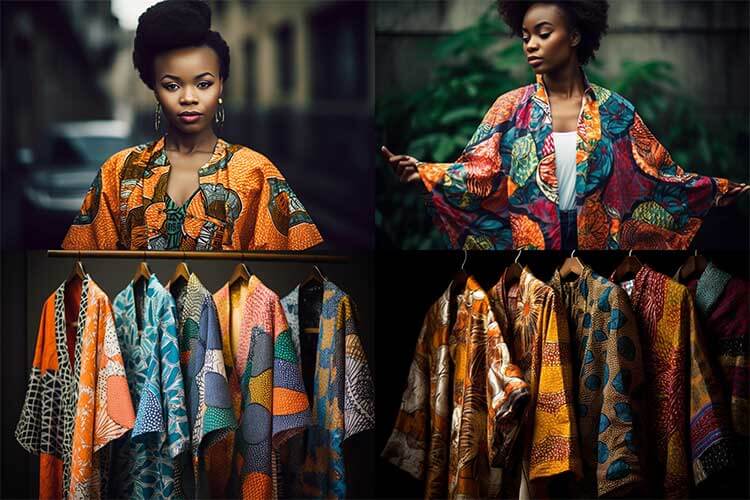A Guide to Fabrics for African Print Kimonos: What Retailers Should Know?
In the world of fashion, the choice of fabric is as crucial as the design itself. It’s the canvas on which designers paint their ideas, and it can significantly influence the final product’s look, feel, and durability. This is particularly true for African print kimonos, where the fabric needs to complement the vibrant prints and patterns. But how do you choose the right fabric for such a unique piece?
The answer lies in understanding the unique characteristics of different fabrics and how they interact with African prints. From the drape to the texture to the print quality, each fabric brings something unique to the table. In this comprehensive guide, we’ll explore various fabrics suitable for African print kimonos, their properties, and how to choose the right one for your needs.
So, buckle up and get ready for a deep dive into the world of fabrics!
Understanding African Prints: A Cultural and Fashion Phenomenon
Before we delve into the fabrics, let’s take a moment to appreciate the beauty and cultural significance of African prints. African prints, also known as Ankara prints, have a rich history rooted in African culture. They are characterized by vibrant colors, bold patterns, and intricate designs that tell stories of African heritage and traditions.
In recent years, African prints have gained global recognition and popularity in the fashion industry. Designers and fashion enthusiasts worldwide are embracing these prints for their unique aesthetic and cultural richness. African print kimonos, in particular, have become a popular trend, merging the traditional Japanese garment’s elegance with the vibrancy of African prints.
The Rise of African Print Kimonos: A Fashion Statement
African print kimonos are more than just a garment; they are a fashion statement. They represent a fusion of cultures, a celebration of heritage, and a bold, unique style. The vibrant colors and patterns of African prints, combined with the elegant, flowing style of kimonos, create a garment that is both eye-catching and comfortable.
The popularity of African print kimonos can be attributed to several factors. The global fashion industry’s increasing inclusivity and appreciation for diverse cultures have played a significant role. Additionally, consumers are increasingly seeking unique, statement pieces that reflect their individuality and taste.
Cotton: The All-Rounder
Now, let’s delve into the fabrics. Cotton is a popular choice for many garments, and for good reason. It’s durable, breathable, and comfortable against the skin. For African print kimonos, cotton’s ability to hold color well makes it an excellent choice. The prints come out vibrant and clear, and the fabric’s durability means the kimono will last.
However, cotton does have its drawbacks. It can shrink in the wash, and it might not drape as well as some other fabrics. Despite these potential downsides, cotton’s benefits often outweigh its drawbacks, making it a solid choice for African print kimonos.
Silk: The Luxurious Choice
If you’re looking for a fabric that screams luxury, silk is the way to go. It has a beautiful sheen and a smooth, soft feel against the skin. Silk kimonos drape beautifully, and the fabric’s slight shimmer can make the African prints pop.
Silk also holds color well, so your prints will look vibrant and clear. However, silk is a delicate fabric and requires careful handling. It’s not as durable as some other fabrics, and it requires dry cleaning, which might not be ideal for all customers.
Despite these considerations, silk African print kimonos can be a great high-end option for your product line.
Chiffon: The Lightweight Option
Chiffon is a lightweight, slightly transparent fabric that’s often used for flowing, ethereal garments. For African print kimonos, chiffon can add a touch of femininity and elegance.
Chiffon kimonos drape well, and the fabric’s lightness can give the garment a unique look and feel. However, chiffon is a delicate fabric and can be prone to snagging and tearing. It also doesn’t hold color as well as some other fabrics, so the prints might not be as vibrant.
Despite these potential downsides, chiffon can be a great choice for lightweight, elegant African print kimonos.
Rayon/Viscose: The Versatile Synthetic
Rayon/Viscose is a synthetic fabric that’s known for its softness, lightness, and beautiful drape. It’s often used as a silk substitute, as it has a similar feel and look but is more durable and less expensive.
For African print kimonos, rayon can be a great choice. It holds color well, so the prints will look vibrant. It’s also more durable than silk or chiffon, so the kimonos will be more resistant to wear and tear.
However, rayon can shrink or warp in the wash, so it requires careful handling. Despite this, its benefits make it a worthy contender for your African print kimonos.
Linen: The Breathable Fabric
Linen is a natural fabric that’s known for its breathability and unique texture. It’s a great choice for summer garments, as it can help keep the wearer cool.
For African print kimonos, linen can add an interesting textural element. However, it’s a stiff fabric and doesn’t drape as well as some other options. It also wrinkles easily, which might not be ideal for a garment like a kimono.
Despite these potential downsides, linen can be a good choice for unique, breathable African print kimonos.
Other Blends: The Innovative Choice
In the world of fabrics, innovation is key. There are numerous blended fabrics available that combine the best properties of different materials. For instance, a cotton-silk blend could offer the durability of cotton with the luxurious sheen of silk. A rayon-linen blend could provide the drape of rayon with the breathability of linen.
For African print kimonos, these blended fabrics can offer unique advantages. They can provide a balance of durability, comfort, drape, and color vibrancy that might be harder to achieve with a single fabric.
However, it’s important to note that the properties of blended fabrics can vary widely depending on the specific materials used and their proportions. Therefore, it’s crucial to understand the characteristics of the particular blend you’re considering.
Despite the potential complexity, blended fabrics represent an exciting frontier in the fashion industry. They offer the opportunity to tailor your fabric choice to your specific needs, making them a great option for African print kimonos.
The Final Verdict: Which Fabric Should You Choose?
Choosing the right fabric for your African print kimonos depends on a variety of factors. You’ll need to consider your target market, the look and feel you’re going for, and the practicalities of care and durability.
Cotton is a great all-rounder, while silk offers a touch of luxury. Chiffon is perfect for lightweight, feminine kimonos, while rayon offers versatility and a beautiful drape. Linen, with its unique texture and breathability, can be a great choice for summer kimonos.
In the end, the best fabric for your African print kimonos is the one that best fits your brand and your customers’ needs.
Remember, at EVELYNFASHION, we’re more than just a business. We’re your partners in the fashion industry, and we’re here to help you make the best decisions for your product line. Stay tuned for more insights and tips from the world of fashion!

